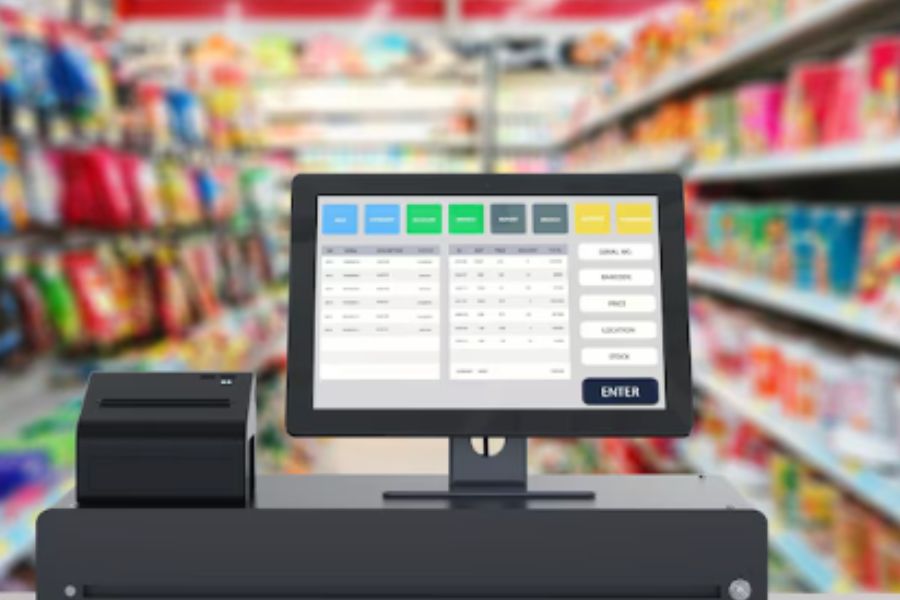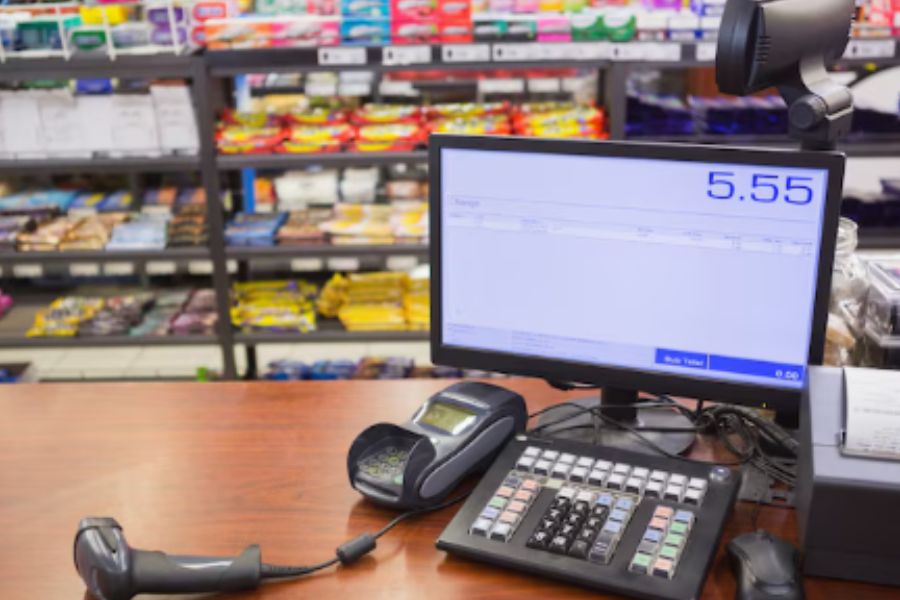What is cash adjustment?
Cash adjustment refers to the process of balancing cash drawers to account for every incoming transaction. This process commonly occurs at the end of each shift or a business day.
Transactions included in cash adjustments are not only made with cash or check, but also with credit card payments.
Why is the cash adjustment process important?
- Performing cash adjustments allow retail store owners as well as their staff to timely identify and solve unexpected errors.
- This process also plays an important role in preventing shortages of cash for providing sufficient change to customers.
How is a common cash adjustment process?
- Step 1: Generate POS reports
It is a must to print out or access POS reports in advance of performing cash adjustments. In order to smoothen the process, POS reports should include detailed information about cash, check as well as credit card transactions.
- Step 2: Count the existing amount of cash
At the end of each shift or business day, cashiers have to count the cash as well as total up transactions. Traditionally, cashiers are required to manually count the cash in their cash drawers. However, in order to avoid possible mistakes, retailers should consider equipping their cashiers with counting machines.
- Step 3: Determine and resolve cash discrepancies
Cash discrepancies may originate from losing or incorrectly counting cash. In order to properly solve this problem, cashiers should consider applying some methods such as recounting cash, checks, coupons, etc, or reviewing transactions as well as receipts.
- Step 4: Record transactions in books
Finish the cash adjustment process by recording every sales transaction as well as cash discrepancies in books. By observing this information, cashiers will have more chances to find out and get rid of the utmost problems.


